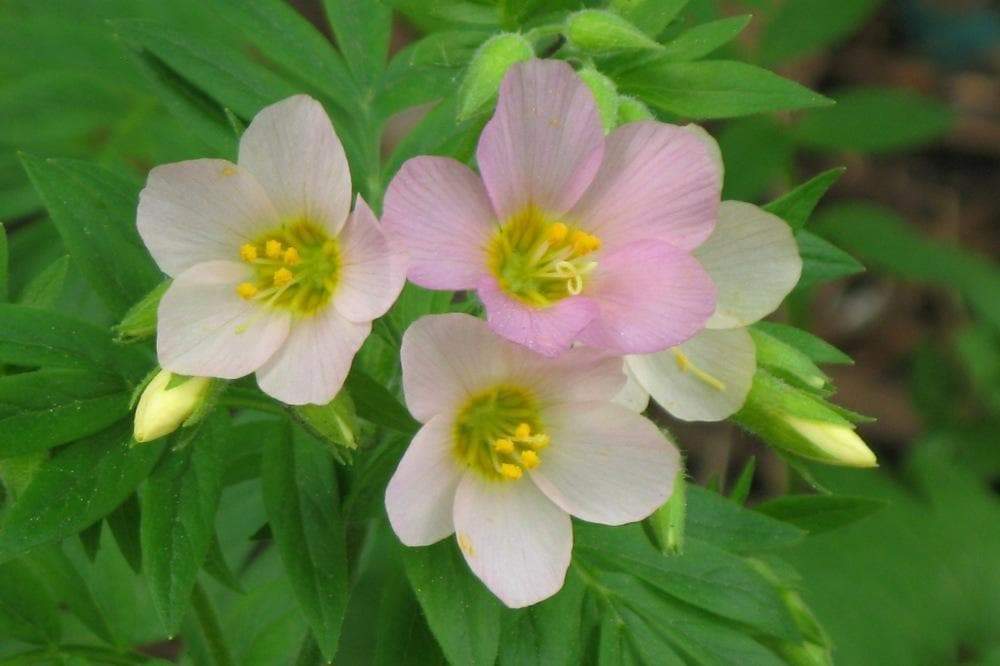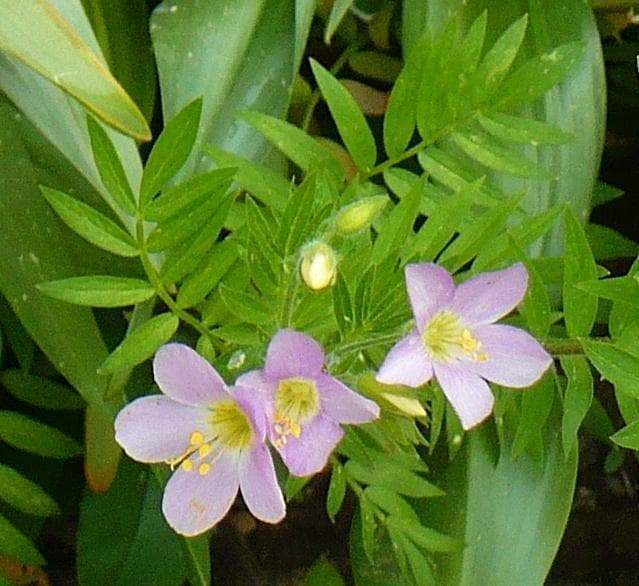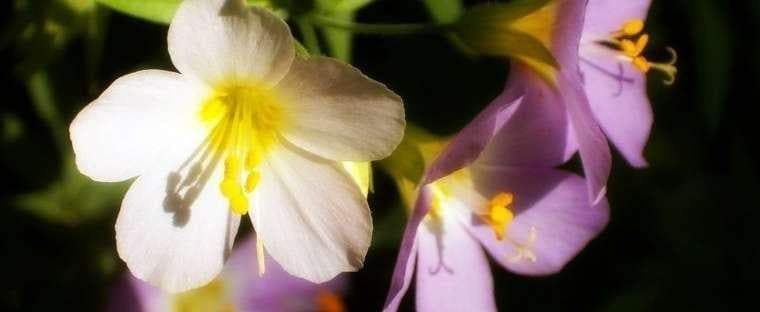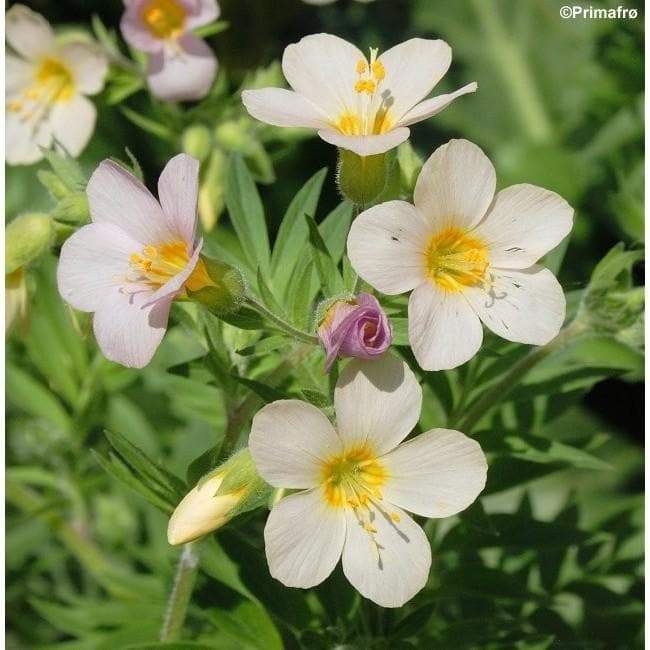
Jacob's Ladder Apricot Delight ( Polemonium Carneum ) Perennial flowers
Most orders are processed by the next day
Select your desired size and/or color from the available options.
Jacob’s Ladder is a versatile perennial and a wonderful addition to the woodland garden but equally at home in containers and rock gardens. The species is easy to grow and native to the west coast and is also known as Royal Jacob’s Ladder, Great Polemonium and Salmon Polemonium. This selection forms a mound of attractive green foliage with clusters of pink-apricot flowers appearing on tall stems late spring through early summer. Trim back lightly after blooming. Tends to self-seed.
Plant Description
- Life Cycle: Perennial
- Family: Polemoniaceae
- Origin: Western USA: grassland and open woodlands.
- Special Features: Easy to grow! POLEMONIUM carneum has beautiful large flowers in shades of pale yellow to pale pink. A rewarding and attractive plant!
- Basic Colour: (pink / salmon)
- Flower Colour: yellowish-pink
- Natural Flowering Period: May - July
- Winter Hardiness Zones: Z4 - Z8
- Foliage: 11 to 21 lanceolate leaves, green
- Height with Flowers: 40 cm
- Spacing between Plants: 25 cm
- Usage: for the rock garden / flowering pot plant
Sowing Direction
Cold-germinators are still referred to as frost-germinators, although this isn’t quite correct. The sowing must be kept warm (about +18 to +22°C) [about 64 to 72°F] and moist for the first 2–4 weeks. After this period the sowing must be kept at a cold temperature (between –4 and +4°C) [between 25 and 39°F] for another 4–6 weeks. Colder temperatures of –5°C [23°F] are only advantageous for most species of the Ranunculus family. It is not so important if the temperature is higher or lower during the cooling period, but the cooling period has to be prolonged because the synthesis of the germination inducer, hormon-like acid, slows down or comes to a standstill.
It is beneficial to cover the sowing with snow during the cooling-period.
The temperature below it usually keeps in the optimum range of –4 to 0°C [25 to 32°F]. The sowing is kept moist, and the melting snow helps to destroy the shell, which is advantageous for the germinating seedling. After this cooling-period the sowing may not be immediately exposed to high temperatures. The most effective temperatures are between +5 to +12°C [41 to 54°F], even if germination has started. The best location for this sowing, even in March, April and May, is the open field, the cold frame or a cold greenhouse.
Select your desired size and color from the available optionLET OUR CUSTOMER SPEAK FOR US
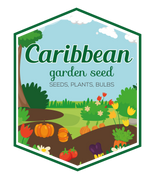
![[Seeds] - Caribbeangardenseed](http://caribbeangardenseed.com/cdn/shop/files/gift-card-gift-card-1_1024x1024_dfa857db-9150-4315-a362-7f0bb3fb9c47_60x28.png?v=1703978838)
